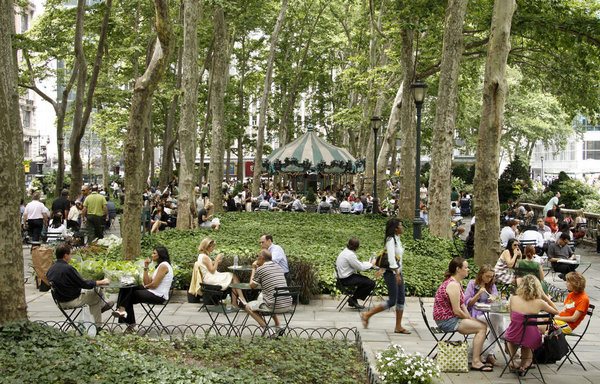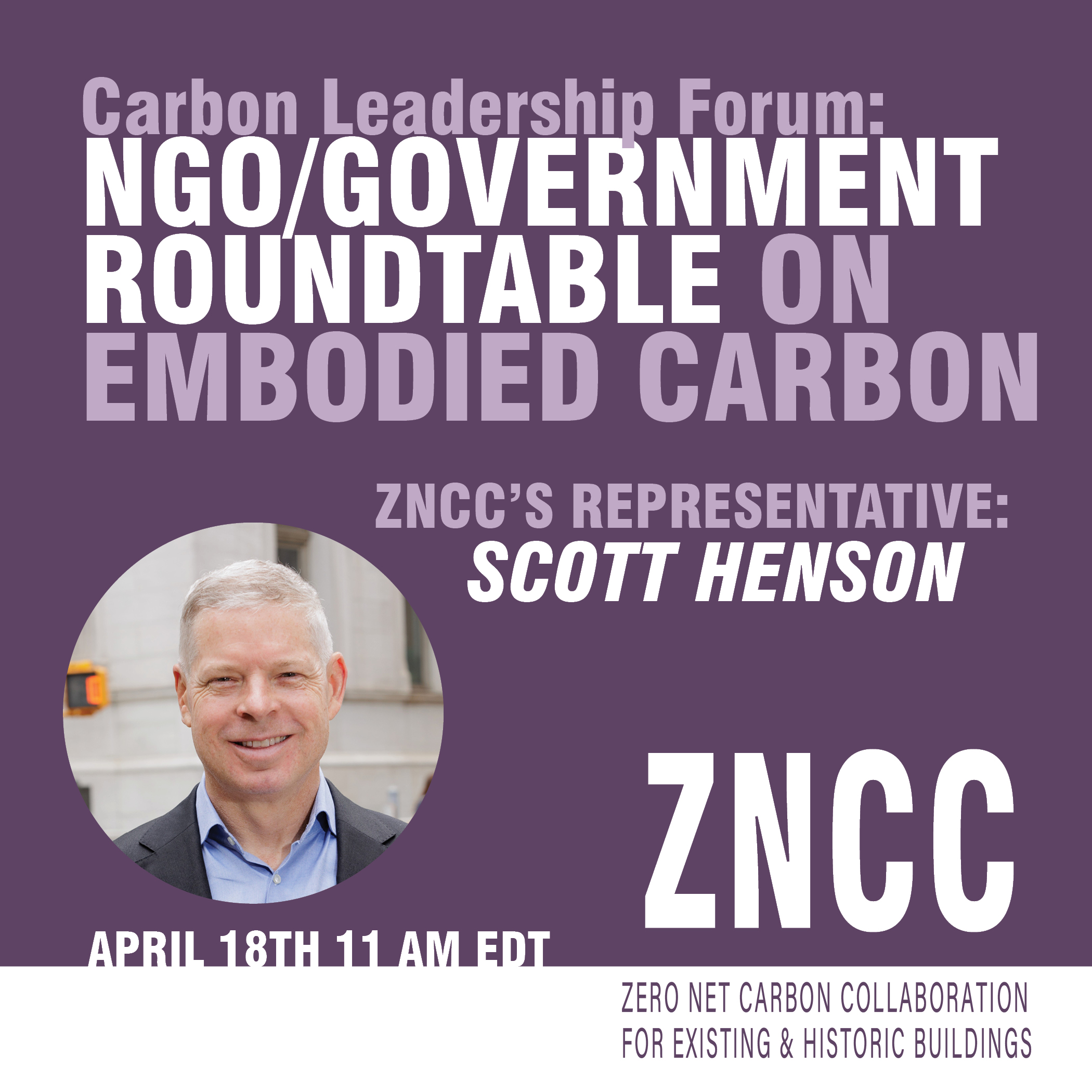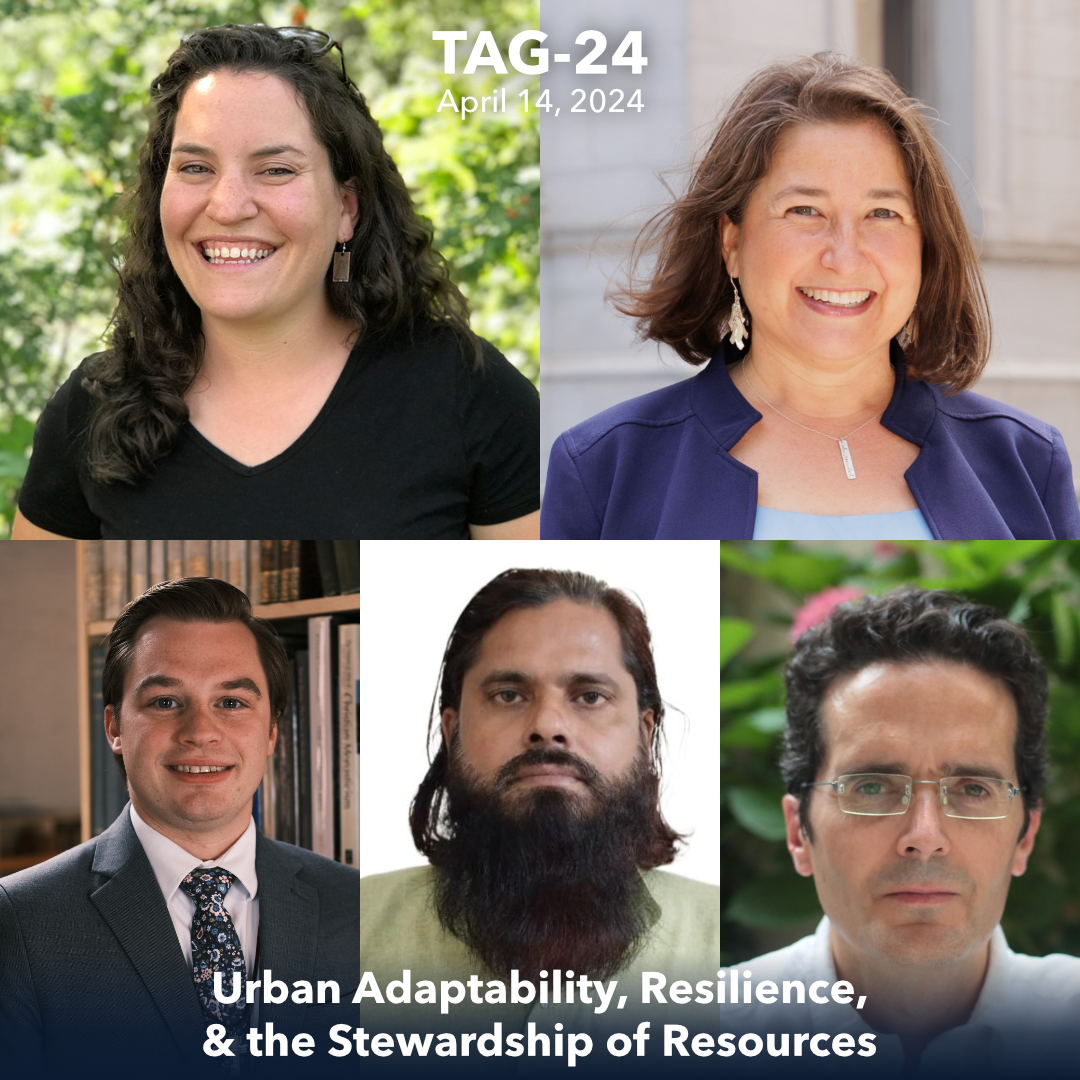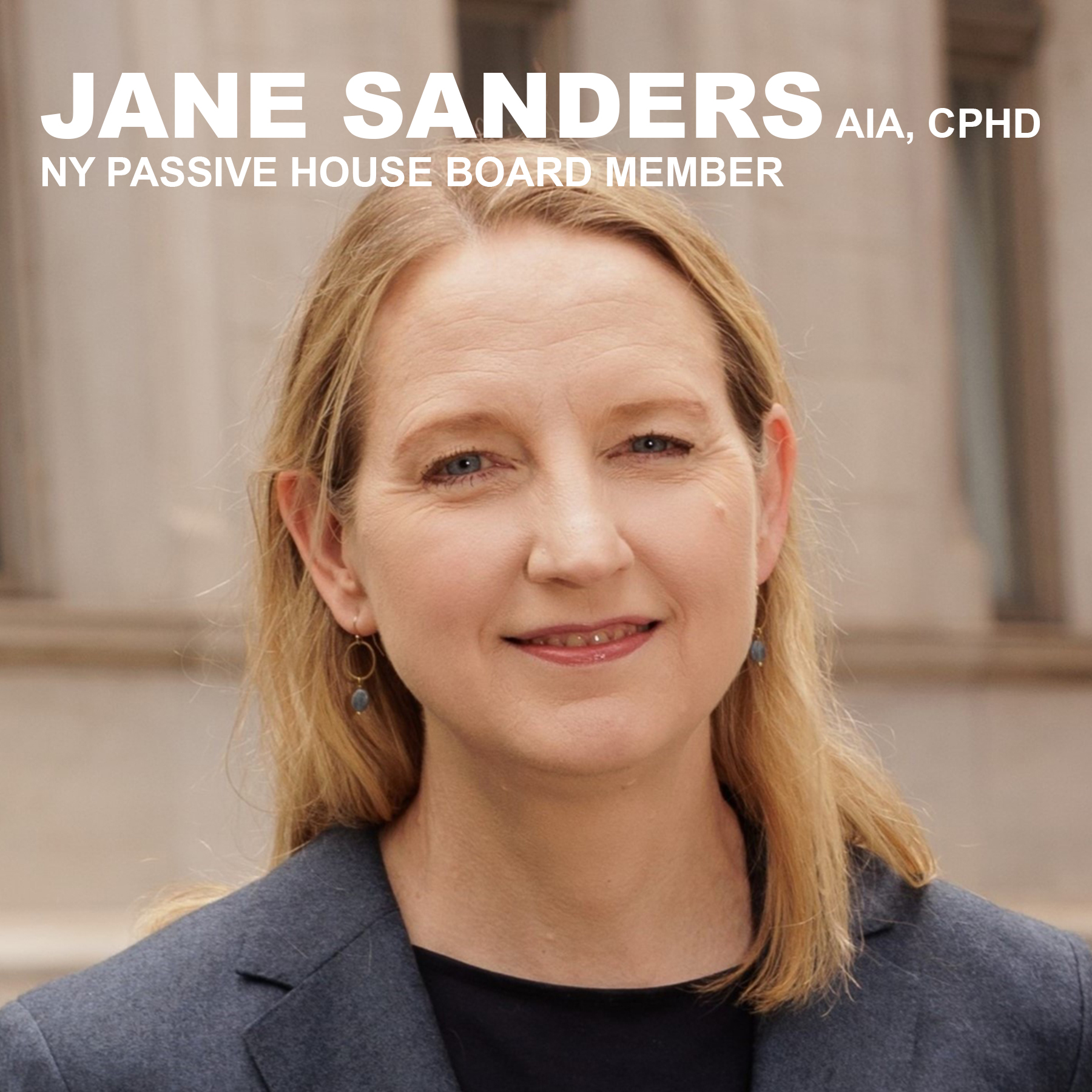Inga Saffron, Inquirer Architecture Critic, reports for philly.com
Laurie Olin’s most famous work was the 1988 transformation of Bryant Park in N.Y. from drug-dealing haven to serene refuge.
Laurie Olin says he really meant to retire two years ago. He even had notices sent out to announce he was handing the reins of his Philadelphia-based landscape architecture firm to his partners. But projects kept coming up that he couldn’t resist. The grounds of the Barnes Foundation. The Apple campus in Cupertino, Calif. Dilworth Plaza in front of City Hall.
So, at 75, Olin is as peripatetic as ever, jetting off to Europe and the West Coast to see clients. On Wednesday, though, he’ll take a break from long-haul travels to meet President Obama and receive the National Medal of Arts, in recognition of his lifelong crusade to create tranquil oases that make cities more livable.
For Olin, who favors bow ties and tends toward the self-effacing, the award is a chance “for me to swim quietly among the celebrities,” who include the likes of director George Lucas, playwright Tony Kushner and soprano Renee Fleming. What he fails to stress is that he is only the fourth landscape architect (the second from Philadelphia) to receive the honor since its establishment in 1984. That puts him in the company of three of the field’s most influential practitioners from the last half-century: Dan Kiley, Lawrence Halprin, and Ian McHarg, who, like Olin, spent his career teaching at Penn.
Tall and lean, Olin is the product of the vast open spaces of the Pacific Northwest. Yet he “fell in love with cities” at the precise moment when places like Philadelphia and New York were hemorrhaging middle-class residents, and has always seen parks as a means of seducing people back.
Olin is probably most famous for his 1988 transformation of Manhattan’s Bryant Park, which had become a notorious drug-dealers’ haven in the 1960s. He had personally witnessed a shooting there in 1968.
But rather than fortify the space against such behavior – the popular approach at the time – Olin and his late partner, Robert Hanna, tore down walls to make it easy to saunter in from any side. The biggest surprise in Olin’s elegant, Parisian-inflected renovation was the decision to furnish the park with movable cafe chairs and tables. Critics were sure they would end up in pawnshops.
Instead, midtown office workers flocked to the serene refuge, the dealers fled, and Bryant Park became a template for reviving battered cities.
“It was a huge turning point,” says Bryan Hanes, a Philadelphia landscape architect who worked for Olin and applied the same ideas to redesigning West Philadelphia’s Clark Park.
Olin’s commitment to openness and access also informed the new landscape he created at the Washington Monument after 9/11. Although he was obliged to secure the tourist destination, his design is so subtle that the protective elements blend seamlessly into the landscape. It’s hard to tell that a gorgeously sculpted granite bench is actually a truck barrier.
Olin, who is well-known for drawing by hand, often produces designs that feel almost preordained. He says he prefers to be influenced by the “genius of the place,” rather than design fashions. In fact, he is actively antifashion: “It’s like saying God’s work is out of date.”
He doesn’t put his personal stamp on his work, although certain touches – the meticulous craft, the rows of trees – often reappear.
“He strongly believes that civic space is not necessarily a medium for individual artistic revelations,” explains Richard Weller, chairman of PennDesign’s landscape architecture department.
Olin’s light hand can also be seen in larger projects, like the Penn campus, Battery Park City and Independence Mall. He has collaborated with the best-known architects of his generation, notably with Peter Eisenman on the Berlin Holocaust Memorial.
But mostly he strives to create comfortable urban refuges out of the belief that “the hardest thing to produce in our society is calm and tranquillity.”




